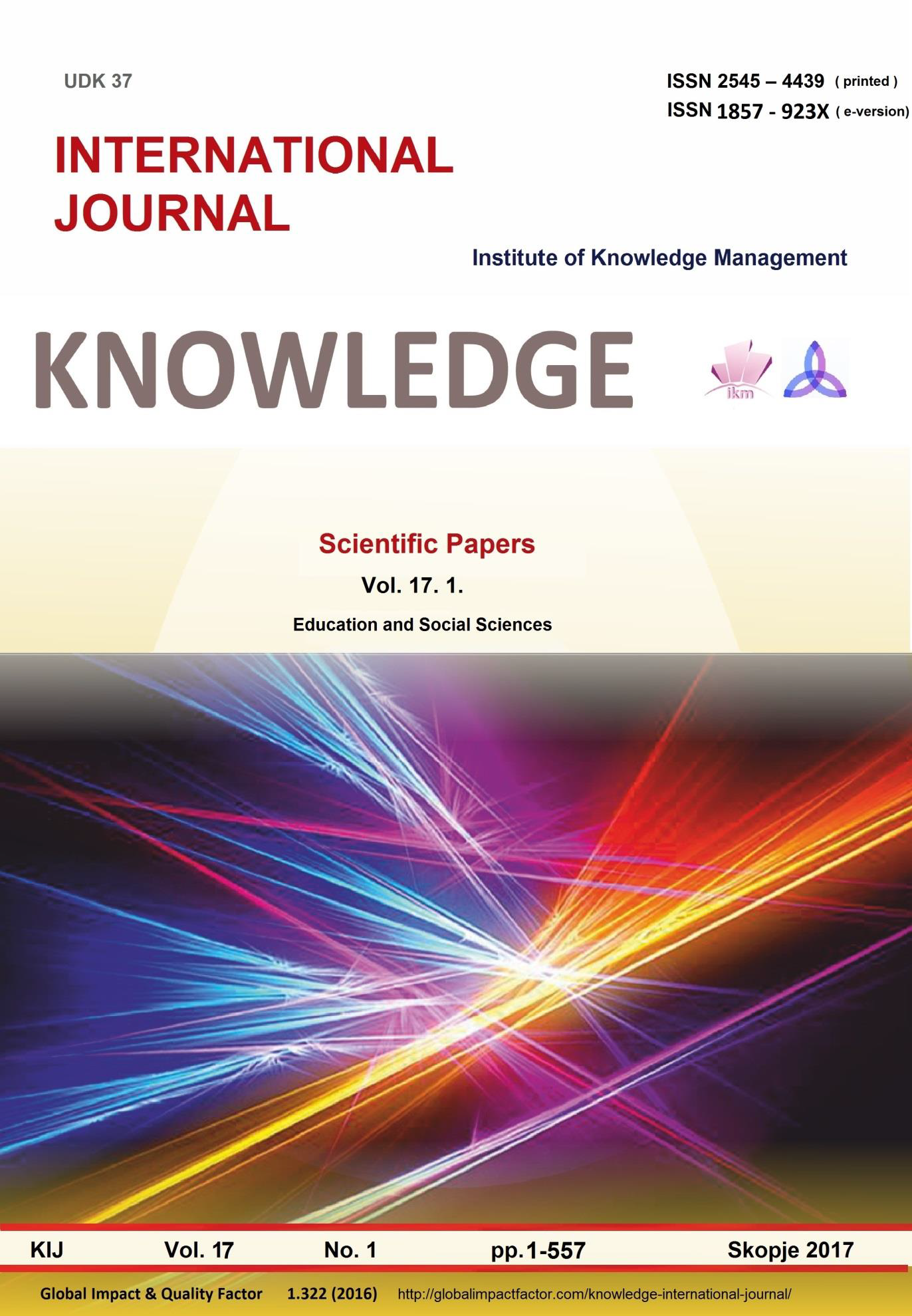THE BEST MODELS AND STRATEGIES FOR A SUCCESSFUL TURNAROUND OF THE UNDERPERFORMING SCHOOLS
Keywords:
underperforming schools, turnaround, school effectiveness, models and strategiesAbstract
For years, school principals, teachers and policy makers on the field of education have been trying to cope with the challenge presented by chronically inefficient schools. These schools are typically characterized by low achievements of their students, high levels of poverty, often dropping out of the school system, disciplinary problems, graduate's low life success, and so on. These schools constantly failing to prepare their students for higher levels of education. They threaten opportunities f or high school, postgraduate education and professional success. The need to improve lower performance schools is essential and urgent. However, approaches to drastically improving poorly performing schools have so far led to mixed results, and the research base for effective turnaround is limited. Indeed, most evidence of school reform highlights the complex interaction of conditions and suggests that the process of slow and steady improvement can lead to growth that is more sustainable over time. The question of how to improve schools so that they become more effective and their pupils perform better is one of the most important issues that respond to the public education system in Bulgaria, Europe, the United States or elsewhere. Decades of efforts to improve schools with chronic low scores have given relatively limited success. Too often, the changes that are being undertaken are gradual or affect only a few aspects of the functioning of the school and as such are insufficient to meet the challenges faced by schools in chronic dysfunction for years. Recently, research and policy have focused on efforts to fundamentally change the culture and practices of low-performance schools to drastically improve performance in a short period of time. Although this concept is relatively new to education, it has considerable experience in other sectors – as business for instance. Research and experience show that no single solution is best when it comes to chronically inadequate conversion of schools into effective - no strategy is effective at all times, and in some cases closing schools may be the best option. At the same time, research and experience have begun to shed light on some of the conditions, models and strategies that increase the chances of success. This article focuses precisely on the process of transforming these lagging schools into those with higher scores and successful students in terms of studying the best models and strategies for a successful turnaround. It also make an overview of effective models and strategies, and outlines some political and practical implications. Attention is also drawn to the need and the study of effective strategies to support children who have previously been enrolled in low-efficiency schools and which help them reach higher standards.
References
Kutash, J., Nico, E., Gorin, E., Rahmatullah, S., & Tallant, K. The school turnaround field guide. Boston: FSG Social Impact Advisors, 2012 http://www.wallacefoundation.org/knowledge-center/school-leadership/district-policy-and-practice/Documents/The-School-Turnaround-Field-Guide.pdf <28.04.2017>
Best, J. & Cohen, C. School improvement grant program: implementation models, limitations, and recommendations, http://www.mcrel.org/~/media/Files/McREL/Homepage/Products/100_199/prod116_SIG_PB.ashx, <28.04.2017>
U.S. Department of Education, School Improvement Grants, Homeroom, http://www.ed.gov/blog/tag/school-improvement-grants/ <31.04.2017>
The Century Foundation, Turnaround Schools That Work - Moving Beyond Separate But Equal, https://www.tcf.org/assets/downloads/tcf-turnaround.pdf , <29.04.2017>
Mead, S. 2012, Turning Around Low-Performing Schools. A white paper from stand for Children Leadership Centre. https://standleadershipcenter.org/sites/standleadershipcenter.org/files/media/Turn%20Arounds.pdf , <01.04.2017>
Calkins, A., Guenther, W., Belfiore, G., & Lash, D. The Turnaround Challenge, Boston: Mass Insight, 2007.
Centre for American Progress, 2015, Dramatic Action, Dramatic Improvement The Research on School Turnaround, https://www.americanprogress.org/issues/education/report/2015/03/31/110142/dramatic-action-dramatic-improvement/ <28.04.2017>
Susan, G., S., Hamilton, L., Heaton, P. & Martorell, F. Preliminary Findings from the New Leaders for New Schools Evaluation. Santa Monica, CA: Rand Corporation, 2010
Goldhaber, D., Brewer, D. & Anderson, D. A Three-Way Error Components Analysis of Educational Productivity, Education Economics 7, no. 3, 1999
Rivkin, S., Hanushek, E.& Kain, J., Teachers, Schools, and Academic Achievement, Econometrica 73, no. 2, 2005
Aaronson, D., Barrow, L. & Sander, W., Teachers and Student Achievement in the Chicago Public High Schools, Journal of Labor Economics 25, no. 1, 2007
American Institutes for Research, Turnaround schools in California: who are they and what strategies do they use?, 2011, http://www.schoolturnaroundsupport.org/sites/default/files/resources/turnaround_school_report_2011-30-11.pdf <30.04.2017>
The Century Foundation, Turnaround Schools That Work - Moving Beyond Separate But Equal, https://www.tcf.org/assets/downloads/tcf-turnaround.pdf , <01.05.2017>





